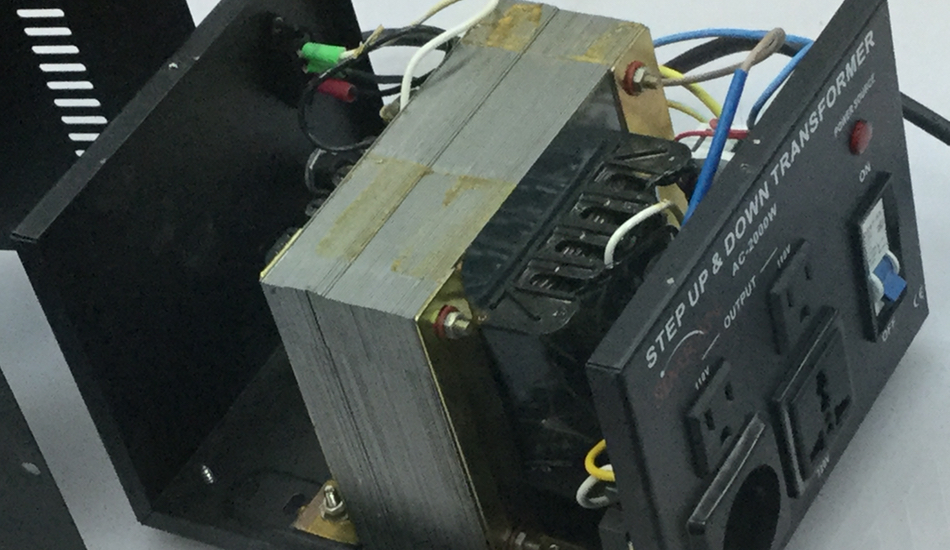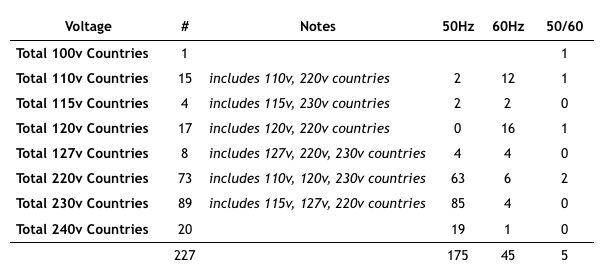The 1885 invention of the electrical transformer facilitated the conversion of one voltage to another but did not deal with the issue of frequency. However, as electrical devices have increased in complexity, the issue of frequency began to matter more and more. Ignoring the frequency difference can result in the device not operating as intended. Many are under the impression that it is just a clock that runs slower or a mixer that does not operate as fast. This next example shows that is not always the case:
Operating a 60Hz Appliance at 50Hz with a Transformer
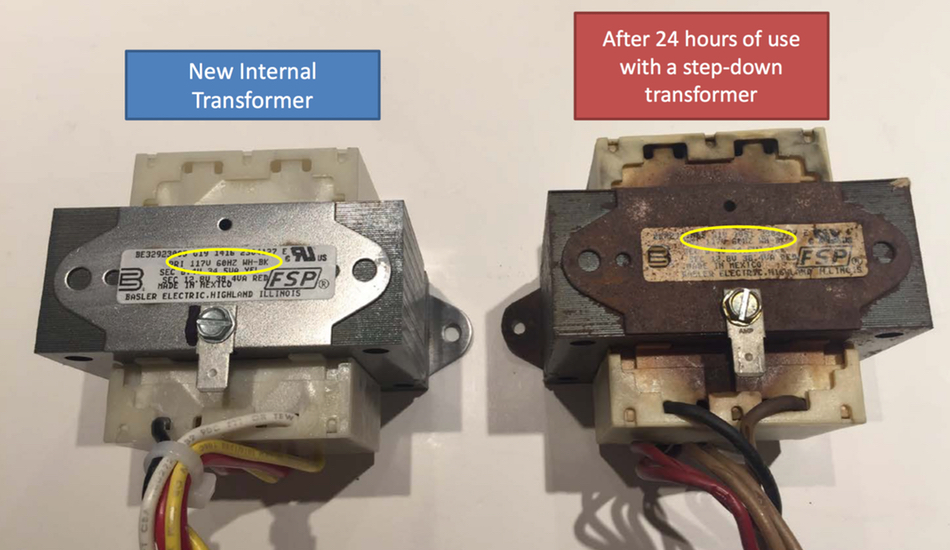
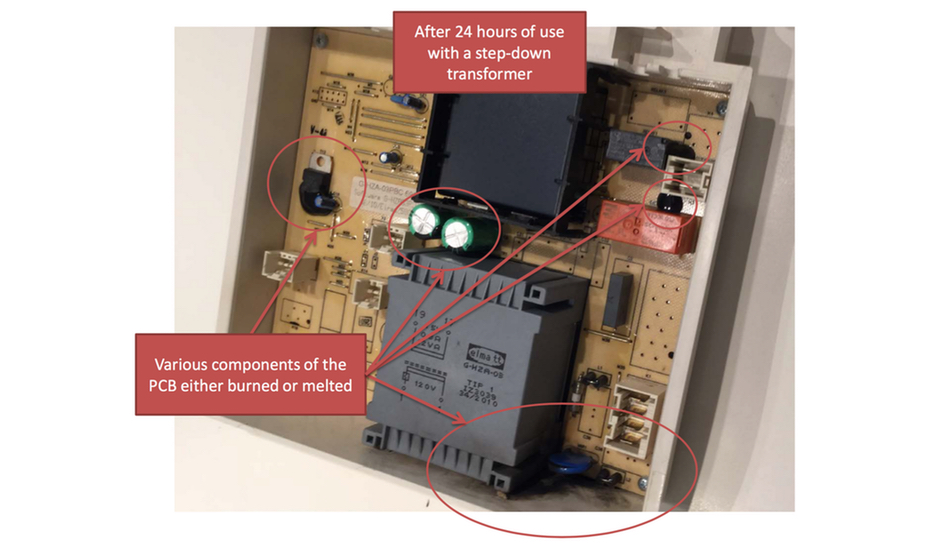
Above are images of the burned internal transformer and electronics within a day of operation and an image of the internal transformer, burned next to a new one.
As electrical appliances are continuously designed towards maximizing efficiency and reducing manufacturing, costs, the technology to achieve these also change. More efficient induction motors replacing standard motors, smaller internal transformers by running exclusively at 60Hz, timing mechanisms to ensure proper cooking time or wash cycles, are all dependent on frequency. Of course, items such as Microwaves simply will not operate at the wrong frequency regardless of the voltage.
Transformers are designed to ensure there are enough primary turns to prevent its steel core from saturating. Once the frequency was reduced by 10Hz, (a 16.6% difference), there are no longer sufficient turns to prevent saturation. Once this happens, the transformer begins drawing much more current than normal and overheats. Not just by 16.6%, but up to 100%.
Transformers today are still using the same basic design from 1885, long before frequency became such an integral part of the electrical grid. While still functional and acceptable for converting voltage, the lack of frequency conversion will always be an issue.
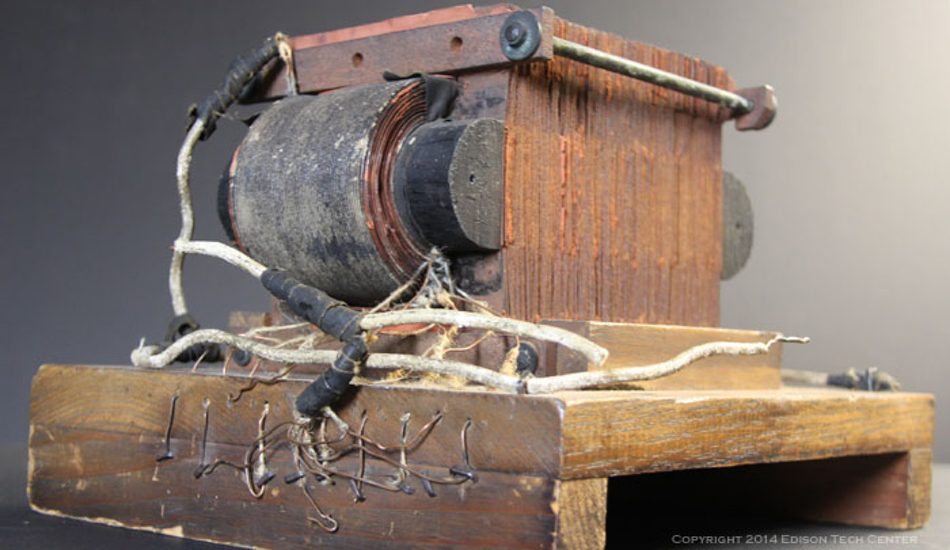
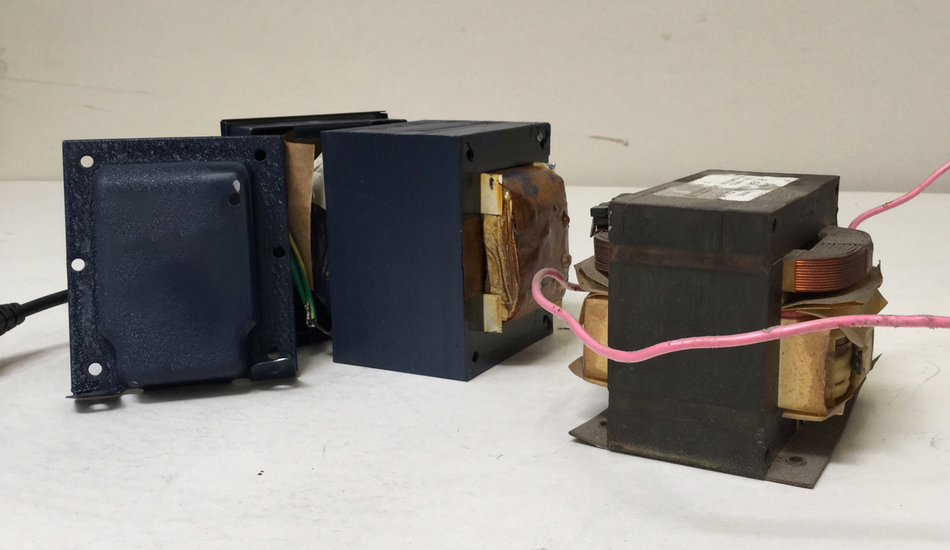
Modern Transformer
